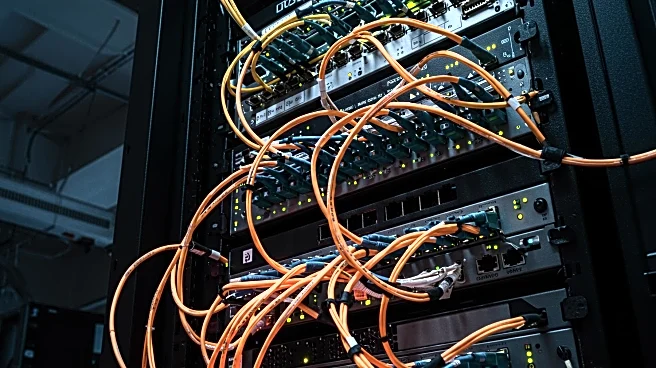What's Happening?
BT Openreach is undertaking a significant program to reduce its footprint of local exchanges from 5,600 to 1,000 over the next decade. This effort is part of a broader strategy to transition from copper-based networks to a full-fiber infrastructure. The program faces challenges due to the continued reliance on the public switched telephone network (PSTN), which is set to close by January 2027. Openreach aims to quit 108 exchanges by 2030, but the presence of PSTN and other legacy systems complicates the process. The company has introduced PSTN 'emulation' products as a temporary solution, but these will not be sustainable in the long term.
Why It's Important?
The reduction of exchange facilities is crucial for BT Openreach to enhance operational efficiency and reduce costs. Transitioning to a full-fiber network is expected to improve service quality and support the UK's digital infrastructure goals. However, the reliance on PSTN and legacy systems poses a risk to the timely execution of this plan. Successfully navigating these challenges is essential for BT Group to achieve its financial targets, including boosting annual free cash flow. The outcome of this program will have significant implications for telecom providers and customers relying on older technologies.
What's Next?
Openreach will need to accelerate the transition of customers from PSTN to fiber-based services to meet the 2027 deadline. The company may face difficult decisions regarding service continuity for customers still using PSTN products. Collaboration with telecom providers like Sky and TalkTalk will be necessary to manage the shift of equipment and services from closing exchanges. The success of the initial phase involving 108 exchanges will be critical in setting the pace for future closures and achieving the long-term goal of reducing the exchange footprint.











